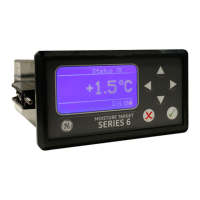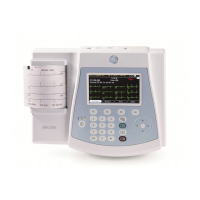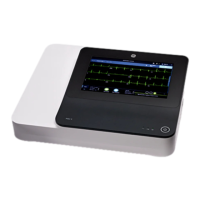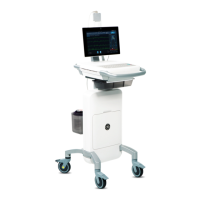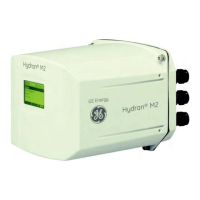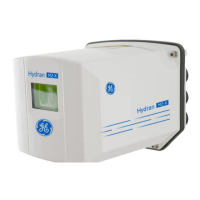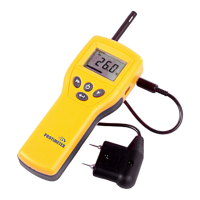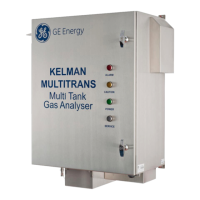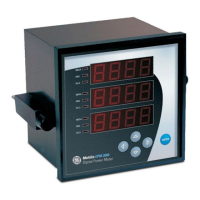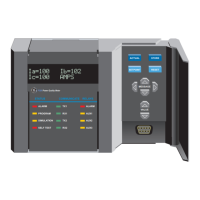GE Analytical Instruments ©2006 15-13 DLM 14291 Rev. A
• Reconnect the thermocouple to the analog board on the right-hand side of the
NOA and reconnect the cooler power connector to the power supply board.
Reconnect the fan to the black connector on the left side of the analyzer.
• Clean the optical filter as described in the cell cleaning section and reinstall
the glass in the cooler. Slide the cooler back towards the reactions cell and
install the Allen screws.
• Reinstall the PMT and connect the high voltage and signal cables.
• This completes the cooler maintenance. Replace the NOA top cover and turn on
the Main Power Switch. When the Main Menu is displayed, scroll to Maintenance
and press ENTER. Scroll to Consumables and press ENTER. Select Install and
press ENTER to display the Install Consumables Menu. Scroll to Cooler and press
ENTER Press ENTER to display a confirmation screen. Select Install and press
ENTER to reset the cooler timer.
• After the PMT has cooled to -12 °C, perform a vacuum test and light-leak test
as described in the cell cleaning sections.
Testing and Cleaning the Flow Restrictor Frit
Over time, the metal frit in the flow restrictor at the back of the NOA can become
clogged, reducing the flow into the NOA. The flow can be checked using a flow
meter or by simply monitoring the reaction cell pressure. To check the frit,
disconnect the purge vessel or gas sampling package from the inlet to the
restrictor so that the restrictor is open to the atmosphere. If not already in the
Start or Stand-by mode, select one of these modes in the Analysis Menu and
monitor the cell pressure either in the Measurement Menu (Nitric Oxide Mode only)
or in the Control/Status Menu.
Normally, the cell pressure when the restrictor is open to the atmosphere will be
in the range of 4-7 torr. If restrictor is clogged, the pressure will be <4 torr,
typically less than 3.5 torr. If the cell pressure is low with the restrictor open to
the atmosphere, attempt to clean the frit as described below.

